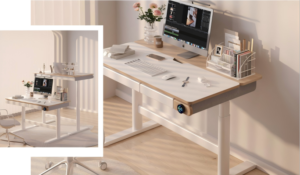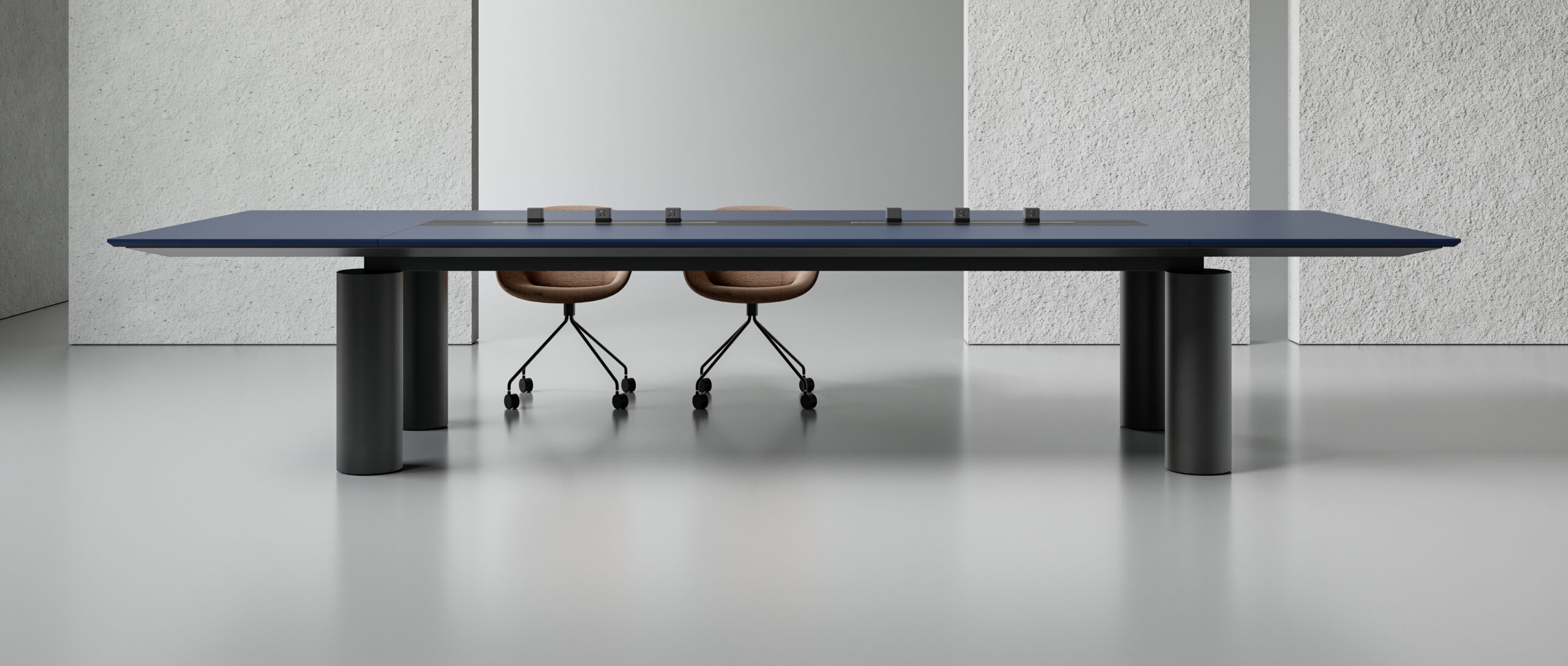
Traditional conference tables no longer meet modern workplace needs. Today's meetings demand more technology integration, flexibility, and collaborative features.
Modern conference tables incorporate power solutions, adaptable configurations, and innovative designs that support both in-person and hybrid meetings while maintaining professional aesthetics and functionality.
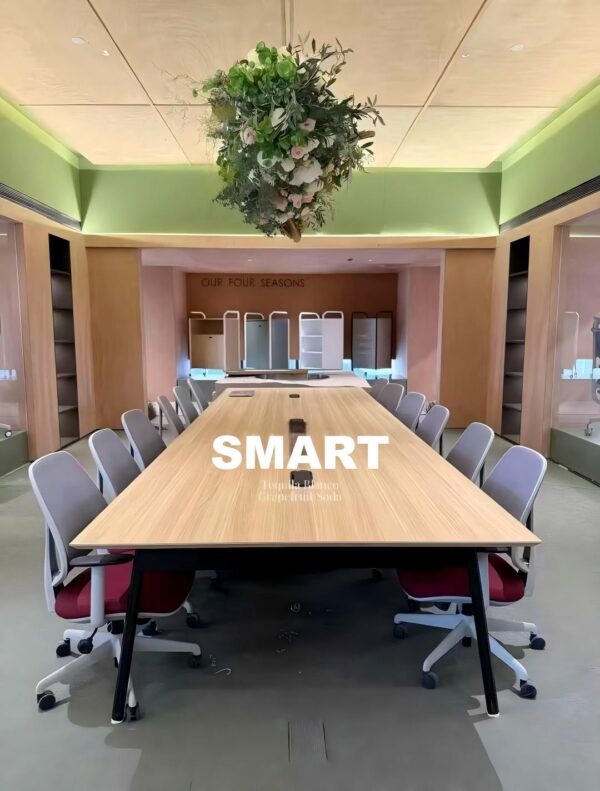
Let's explore how conference tables have evolved to meet contemporary business needs.
What is the Purpose of a Conference Table?
Many wonder if conference tables are still relevant in our digital age. Teams need spaces that foster both collaboration and focused discussion.
Conference tables serve as central gathering points for team meetings, presentations, and decision-making, while supporting technology integration and promoting effective communication among participants.
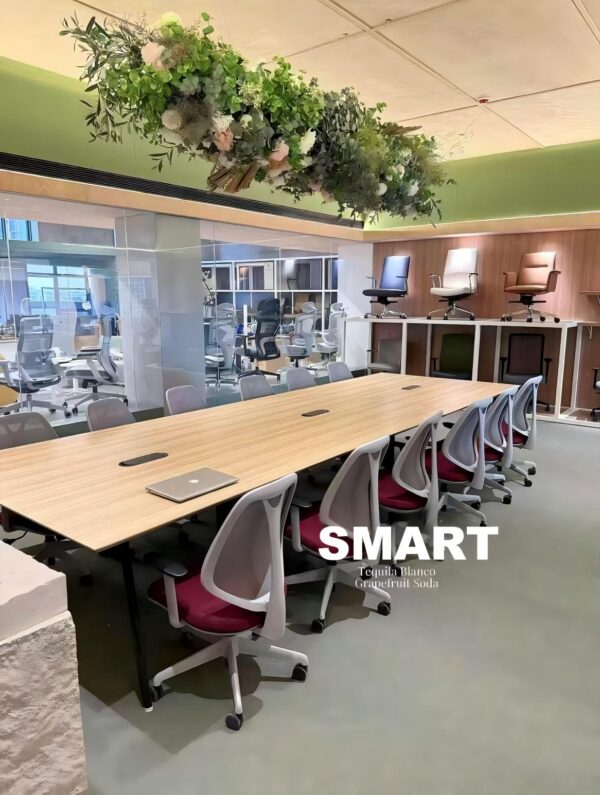
In my years of designing office spaces, I've seen conference tables evolve beyond simple meeting surfaces. Modern tables feature built-in power outlets, cable management systems, and modular designs. These elements support various meeting styles, from formal board meetings to casual brainstorming sessions.
Key Features of Modern Conference Tables:
- Integrated power solutions
- Cable management systems
- Modular configurations
- Technology support
- Collaborative design elements
What is the Difference Between a Conference Table and a Dining Table?
The distinction between these tables goes beyond their settings. Each serves specific purposes with distinct design considerations.
Conference tables are designed with business functionality in mind, featuring power integration, professional aesthetics, and specific dimensions to support meetings, while dining tables focus on comfort during meals.
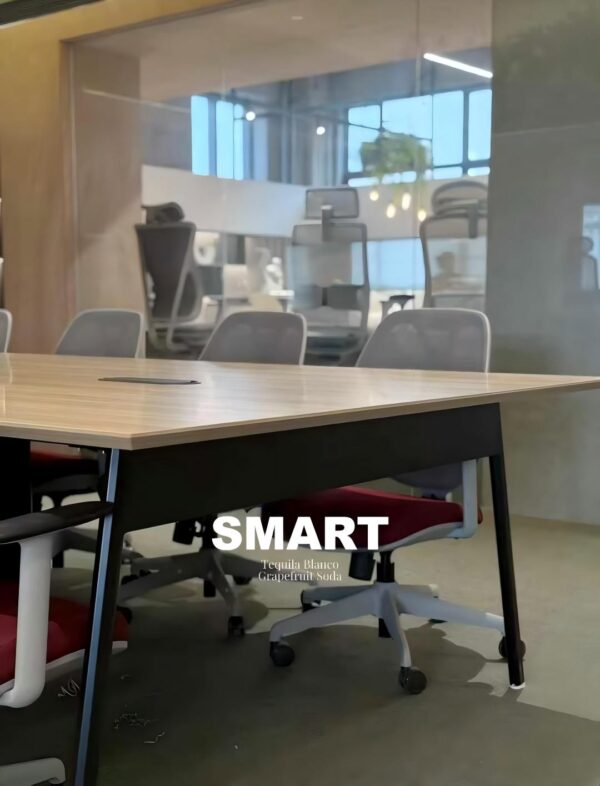
Through my experience in furniture design, I've noticed crucial differences. Conference tables typically include features like wire management channels, power outlets, and specific heights for laptop use. The materials and finishes are selected for durability and professional appearance rather than home aesthetics.
Key Differences:
- Height and dimensions
- Technology integration
- Material selection
- Surface finish
- Functionality focus
What is the Best Table Shape for a Decision Making Meeting?
Table shape significantly impacts meeting dynamics and communication flow. Different shapes serve different meeting purposes.
Rectangular tables work best for formal decision-making meetings by establishing clear hierarchy, while round tables promote equal participation and collaborative discussion in smaller groups.
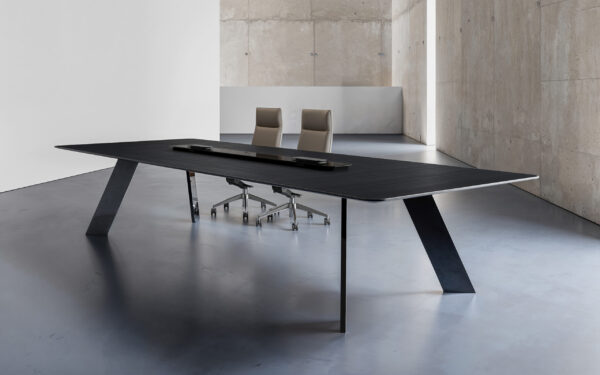
Based on my observations of countless meetings, shape matters more than most realize. Rectangular tables create natural focus points and clear sightlines, ideal for presentations and formal discussions. Round tables, typically seating 4-5 people, encourage more intimate and equal participation, perfect for collaborative decision-making.
Table Shapes and Their Uses:
- Rectangular: Formal meetings, clear hierarchy
- Round: Small group collaboration
- Boat-shaped: Executive meetings
- U-shaped: Training sessions
- Modular: Flexible configurations
What is the Standard Size of a Conference Table?
Selecting the right table size is crucial for meeting effectiveness. Poor sizing can impact communication and comfort.
Standard conference table sizes range from 6 feet for 6 people to 20 feet for 18 people, with 4 feet width being typical. Allow 30 inches of table edge per person for comfort.

Through numerous office installations, I've learned that proper sizing is essential. A well-sized table should provide adequate personal space while maintaining intimate collaboration. Here's a detailed breakdown based on common meeting scenarios:
Conference Table Sizing Guide:
| Number of People | Table Length | Table Width |
|---|---|---|
| 6-8 | 8 feet | 4 feet |
| 10-12 | 12 feet | 4-5 feet |
| 14-16 | 16 feet | 5 feet |
| 18+ | 20+ feet | 5-6 feet |
Conclusion
Conference tables continue to evolve with modern workplace needs, incorporating technology, flexibility, and collaborative features. By understanding the purpose, differences from dining tables, optimal shapes for different meetings, and proper sizing, businesses can select tables that enhance their meeting spaces and support productive collaboration.
Get in Touch
Quick Message
You may also be interested in:
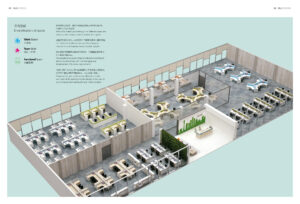



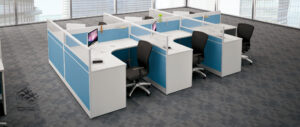
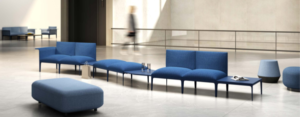
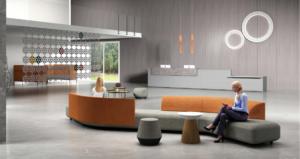
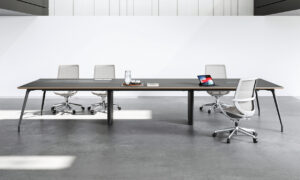
Conference Room Ideas for Smart Work: Collaboration, Technology & Employee Experience
Today's meetings demand effici

What Are My Options for Modern Office Furniture in Australia?
As someone who's supplied offi
